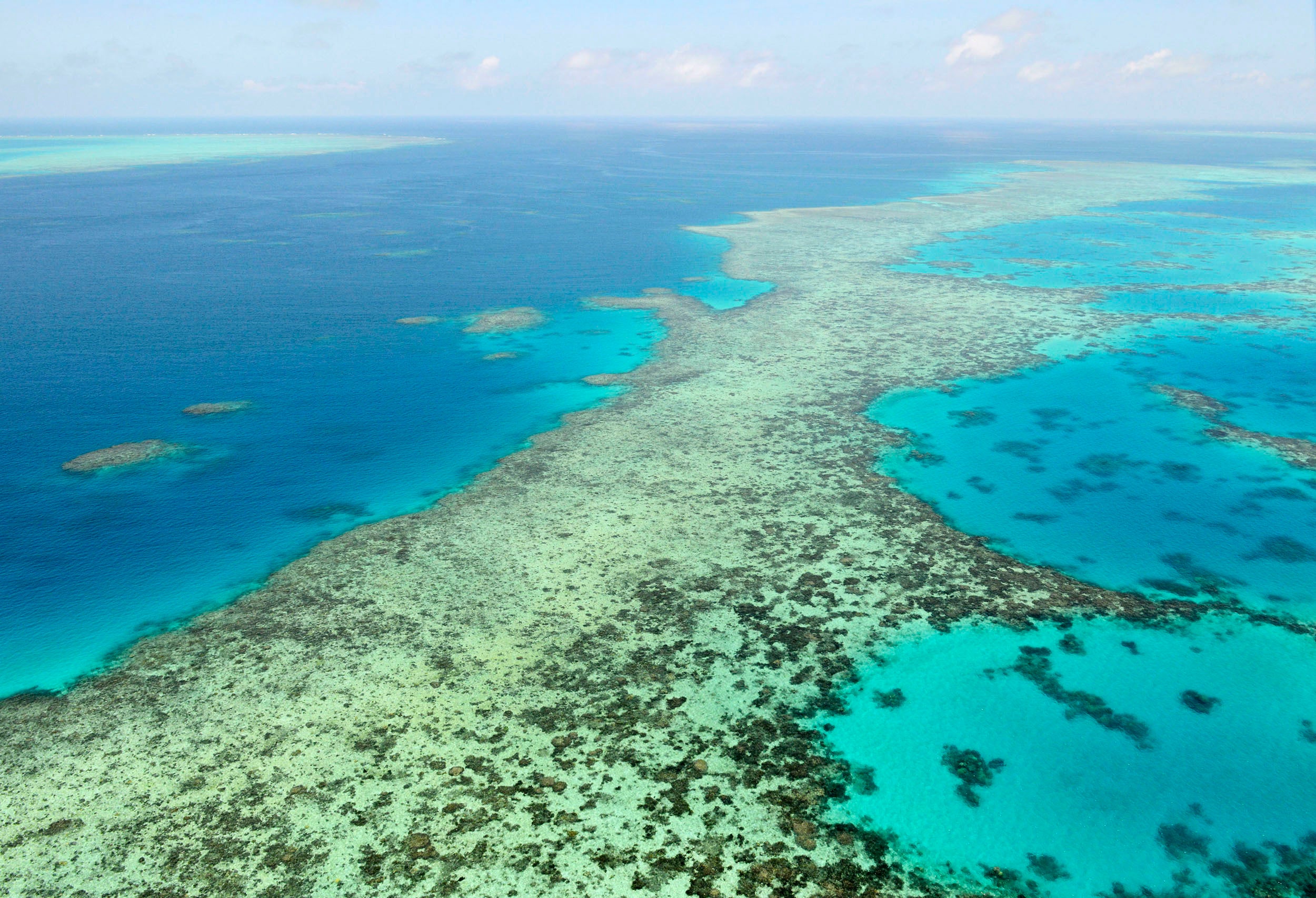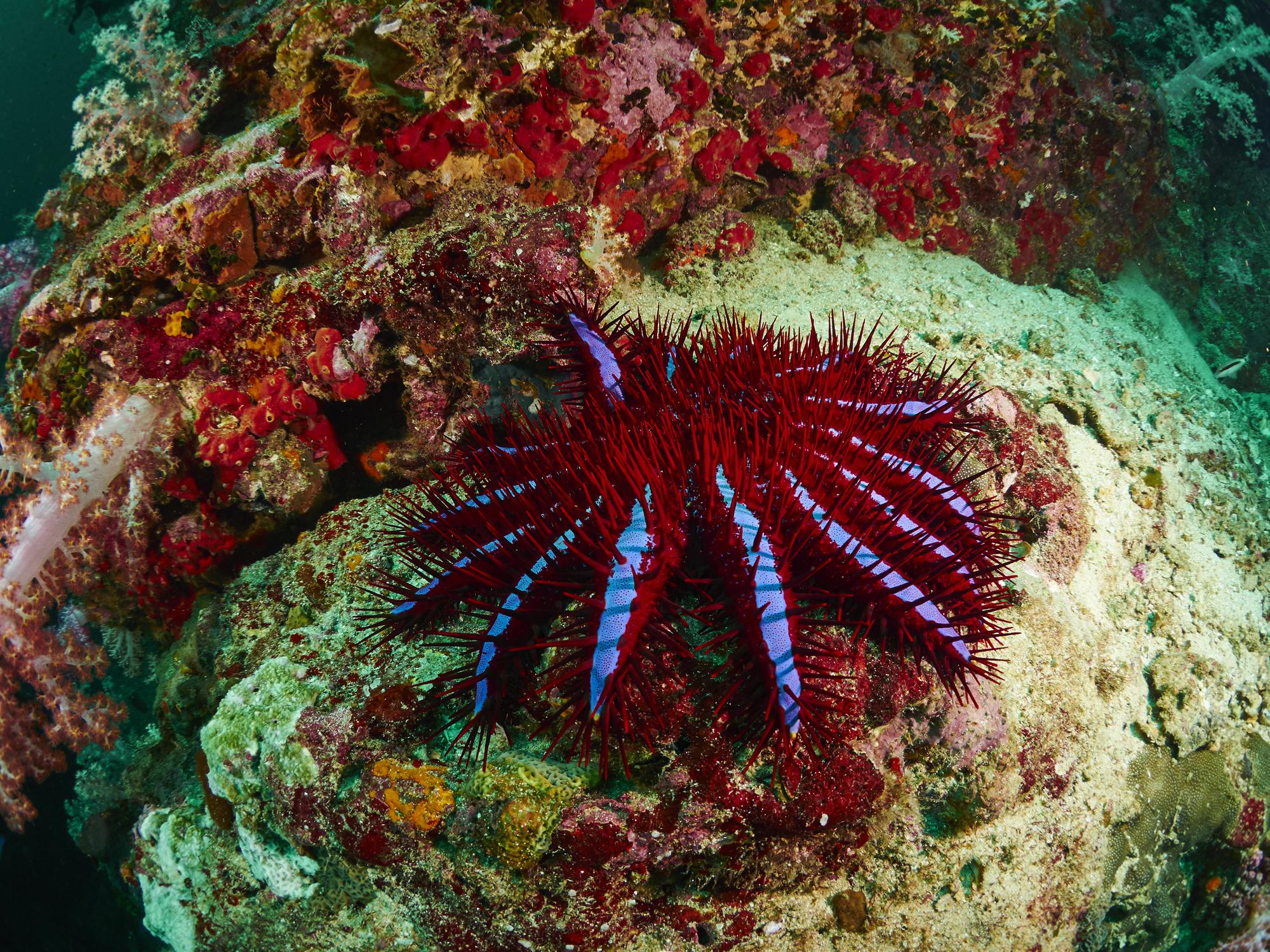Great Barrier Reef outlook ‘very poor’ despite coral ‘recovery’, Australian scientists say
Opportunities for recovery are becoming less frequent as a result of climate change, a government agency has said

Your support helps us to tell the story
From reproductive rights to climate change to Big Tech, The Independent is on the ground when the story is developing. Whether it's investigating the financials of Elon Musk's pro-Trump PAC or producing our latest documentary, 'The A Word', which shines a light on the American women fighting for reproductive rights, we know how important it is to parse out the facts from the messaging.
At such a critical moment in US history, we need reporters on the ground. Your donation allows us to keep sending journalists to speak to both sides of the story.
The Independent is trusted by Americans across the entire political spectrum. And unlike many other quality news outlets, we choose not to lock Americans out of our reporting and analysis with paywalls. We believe quality journalism should be available to everyone, paid for by those who can afford it.
Your support makes all the difference.The chances of the Great Barrier Reef restoring itself to its former glory is still “very poor” despite coral regrowth over the past year, Australian government scientists have claimed.
The corals are in a “recovery window” following years of damaging marine heatwaves and cyclones, according to the Australian Institute of Marine Science (AIMS), which has monitored the world’s largest reef system for 35 years.
But opportunities for recovery are becoming less frequent as a result of climate change, the government agency wrote in its annual report released on Monday.
The report was published just days before Unesco, the United Nation’s cultural agency, is expected to rule whether the Great Barrier Reef would be placed on its endangered list.
In a draft report released last month, Unesco urges Australia to take “accelerated action at all possible levels” on climate change.
Since 1995, the Great Barrier Reef – that has an area of around 220,000 square miles – lost half its coral, partly as a result of repeated marine heatwaves causing mass coral bleaching, a separate scientific study found in October 2020.
As the ocean heats up, the corals expel the marine algae zooxanthellae, that lives inside the tissues of the corals and gives them their food supply via photosynthesis. The algae also gives corals their bright colours, so their expulsion causes coral bleaching.
Outbreaks of crown-of-thorns starfish, which feed on the corals, have also posed a serious problem to the Great Barrier Reef since 1962, according to AIMS.
The crown-of-thorns starfish occur naturally on reefs throughout the Indo-Pacific region, but they can reach “plague proportions and devastate hard coral communities” when the conditions allow, the research centre has also stated.
Paul Hardisty, CEO of AIMS, said: “The increasing prominence of climate-related extreme weather events and crown-of-thorns starfish outbreaks is causing more severe and frequent pressures, giving the reef fewer opportunities like this to recover.”
For their newly-published report, AIMS scientists surveyed 127 reef sites this year, and found that hard coral cover had increased at 69 of the 81 locations that they surveyed in the past two years.
Fast-growing Acropora corals – of the table and branching varieties – have largely driven the recovery, they found.
Britta Schaffelke, research program director at AIMS, said the findings provided a “glimmer of hope... that the reef still has resilience”.
But she added that its “outlook into the future is still very poor because of the dangers of climate change and other factors that are impacting on the organisms that make up the reef.”

Australia had launched a last-minute lobbying effort to avoid a Unesco World Heritage downgrade by sending its environment minister Sussan Ley to Paris to meet Unesco officials last week.
The Australian government had hoped that Unesco would change its mind before the decision is announced at a meeting in China on 23 July.
But Australia’s conservative government has long resisted Unesco’s calls for it to commit to net zero emissions by 2050.
The government has said it hopes to meet the target “as soon as possible” without harming its economy, and insisted that tackling climate change requires a global effort.
The reef was worth an estimated £3.5 billion a year in tourism revenue for the Australian economy before the Covid-19 pandemic. The government fears that Unesco deeming it “endangered” would put tourists off from visiting.
The Great Barrier Reef was placed on the World Heritage list in 1981. It is one of seven sites around the world that is in danger of being downgraded due to environmental damage, over-development, tourism, or security concerns.
Join our commenting forum
Join thought-provoking conversations, follow other Independent readers and see their replies
Comments